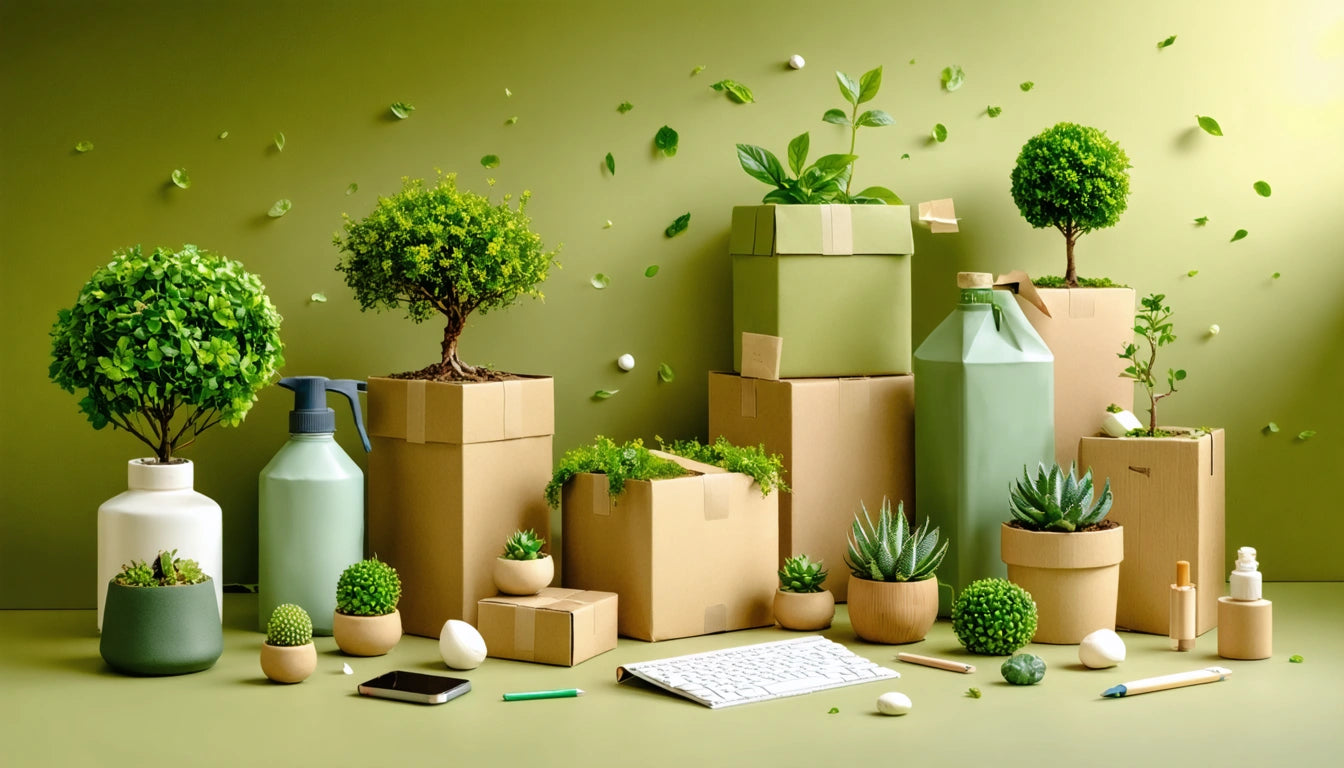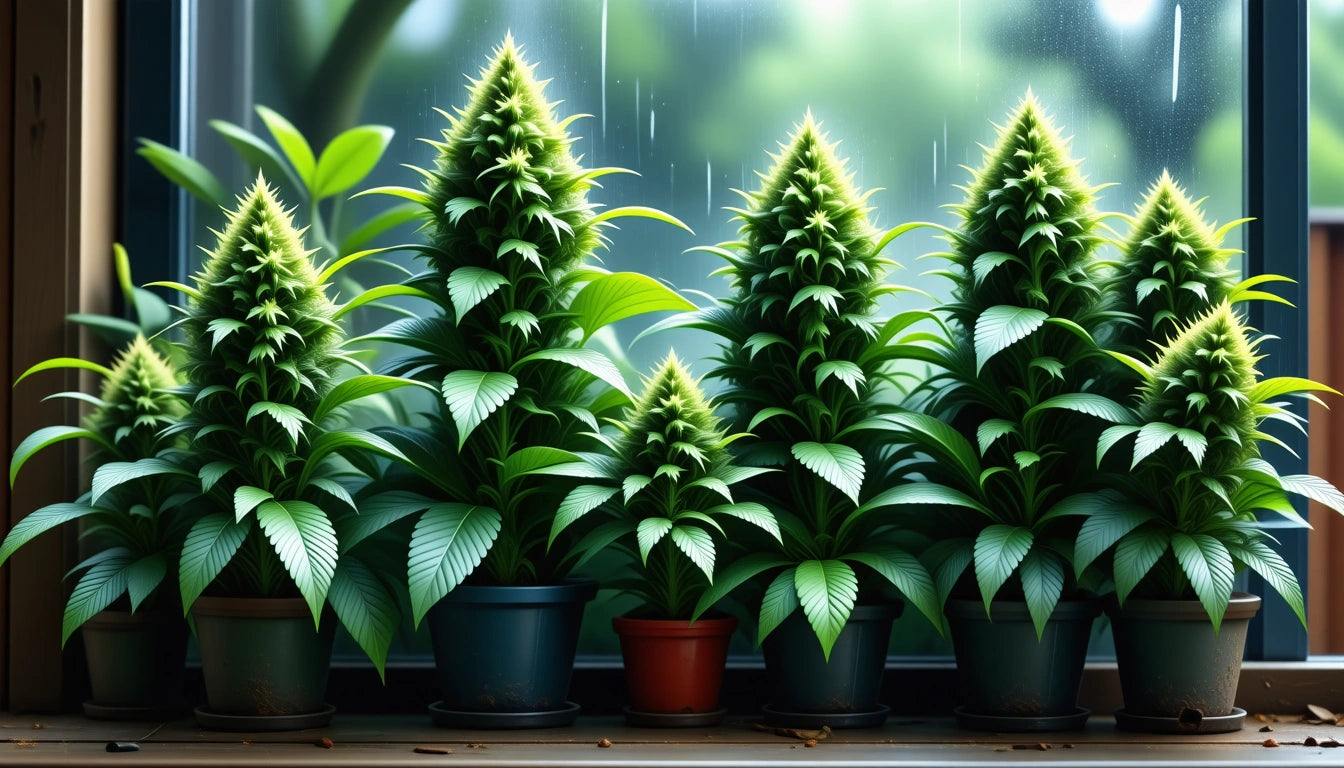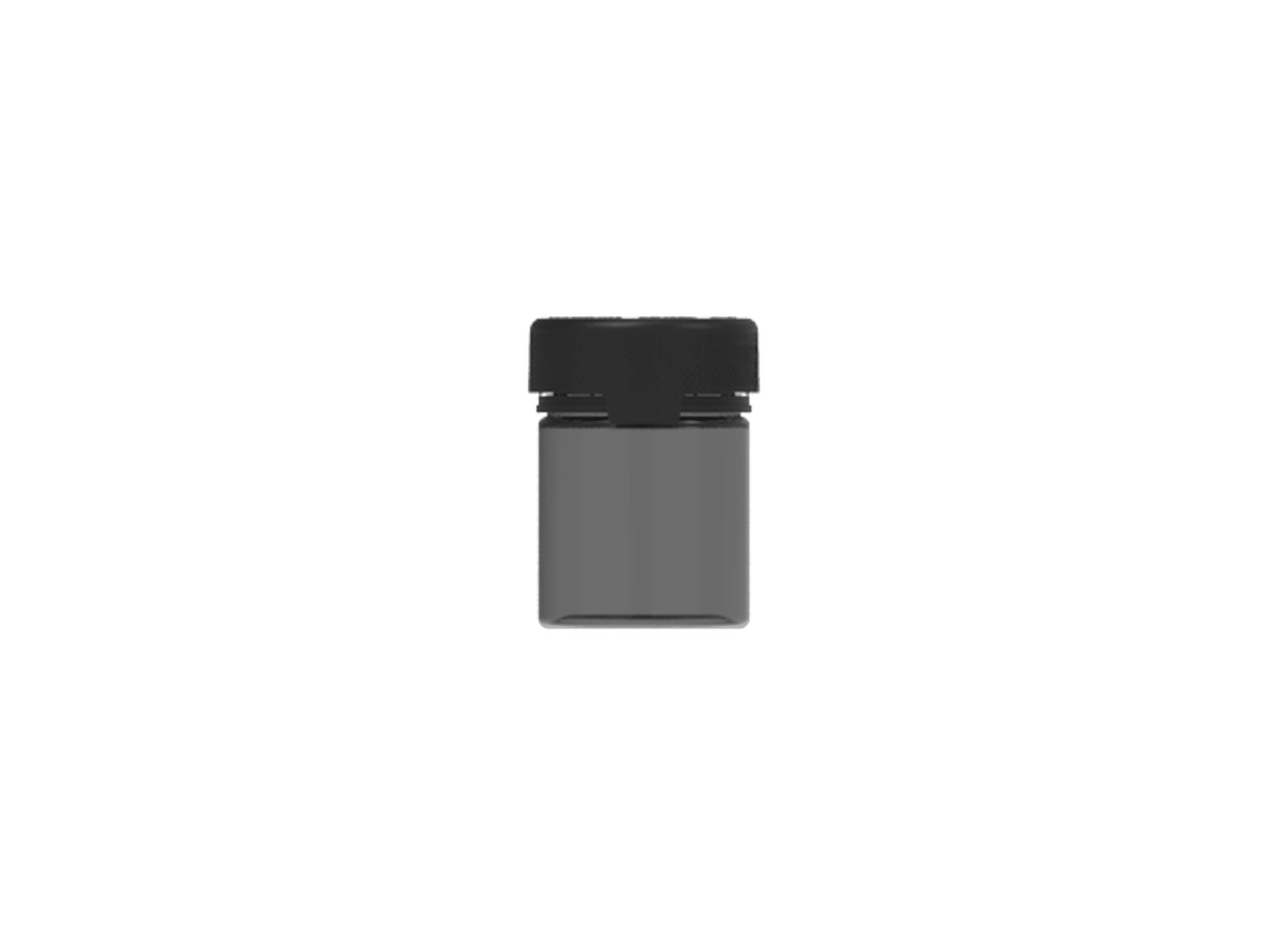Table of Contents
Why Minimal Packaging Isn't Always the Greenest Option
The sustainability conversation often leads to a seemingly obvious conclusion: less packaging equals less waste. However, this oversimplification can lead to unintended environmental consequences. When brands pursue minimal packaging without considering the full lifecycle and functional requirements, they may inadvertently increase their ecological footprint rather than reduce it.
Product Protection: The Sustainability Balance
Product damage is a significant but often overlooked environmental factor. When products spoil or break due to insufficient packaging, the environmental impact of manufacturing replacements far outweighs the savings from reduced packaging materials.
For sensitive products like cannabis flower, adequate protection is essential. Using humidity control solutions within packaging helps maintain product quality and extend shelf life, preventing waste from product deterioration. This additional packaging component actually reduces the overall environmental footprint by preserving the product's integrity.
According to a study by the Industry Council for Packaging and the Environment, product damage accounts for up to ten times more carbon emissions than the packaging itself. This highlights the importance of functional packaging that provides sufficient protection.
Key Protection Considerations:
- Shelf life extension reduces food and product waste
- Damage prevention during shipping and handling
- Contamination barriers for sensitive products
- Climate control for perishable items
Lifecycle Analysis: Beyond Material Reduction
A comprehensive lifecycle assessment often reveals that minimal packaging isn't necessarily the most sustainable option. Comparing compostable versus recyclable options requires analysis beyond simply measuring material volume.
For instance, a thinner plastic package might use less material but be non-recyclable, while a slightly heavier paper-based alternative could be fully recyclable or compostable. The end-of-life scenario becomes just as important as the initial material reduction.
Transportation Efficiency
Lightweight packaging can sometimes require more protective materials during transit or result in less efficient shipping configurations. Heavier but more compact packaging might optimize transportation space, reducing fuel consumption and emissions during distribution.
As explored in this article on closed-loop packaging, reusable systems may initially require more substantial materials but provide environmental benefits through multiple use cycles.
Consumer Behavior and Packaging Waste
Consumer interaction with packaging significantly impacts its environmental footprint. Minimal packaging that fails to communicate proper disposal instructions may end up in landfills despite being recyclable. Additionally, packaging that's difficult to fully empty leads to product waste.
Research shows that clear sustainability messaging on packaging can increase proper disposal by up to 30%. As discussed in this guide on eco-visibility, transparent communication about environmental attributes helps consumers make better disposal decisions.
Portion Control and Serving Size
Appropriately sized packaging helps prevent overconsumption and waste. Single-serve or portioned packaging, while using more materials per serving, can reduce overall product waste, particularly for perishable goods or items where overconsumption is common.
Material Innovation vs. Minimalism
The sustainability conversation is evolving beyond simply using less material to exploring innovative alternatives. Mushroom-based packaging and edible packaging solutions represent forward-thinking approaches that may use more material but offer superior end-of-life scenarios.
These innovations often require more substantial packaging components but create closed-loop systems that eliminate waste entirely. The focus shifts from minimal packaging to optimal packaging that considers the entire lifecycle.
Innovative Materials to Watch:
- Algae-based plastics that biodegrade in marine environments
- Agricultural waste composites that repurpose existing waste streams
- Mono-material designs that simplify recycling processes
- Bioactive packaging that extends product shelf life naturally
Holistic Sustainability: Finding the Right Approach
The most environmentally responsible packaging strategy requires balancing multiple factors rather than focusing solely on material reduction. Companies should consider:
- Product protection requirements and damage prevention
- Complete lifecycle impacts from production to disposal
- Consumer usability and disposal behavior
- Supply chain efficiency and transportation considerations
- End-of-life scenarios and infrastructure availability
As explored in this guide on avoiding eco-packaging mistakes, brands must take a holistic approach to avoid sustainability pitfalls. Sometimes this means using more material in strategic ways to achieve better overall environmental outcomes.
The future of sustainable packaging lies not in minimalism for its own sake, but in thoughtful design that considers the entire product journey. By embracing this comprehensive perspective, brands can develop packaging solutions that truly minimize environmental impact while maximizing product protection and consumer satisfaction.











Leave a comment
All comments are moderated before being published.
This site is protected by hCaptcha and the hCaptcha Privacy Policy and Terms of Service apply.